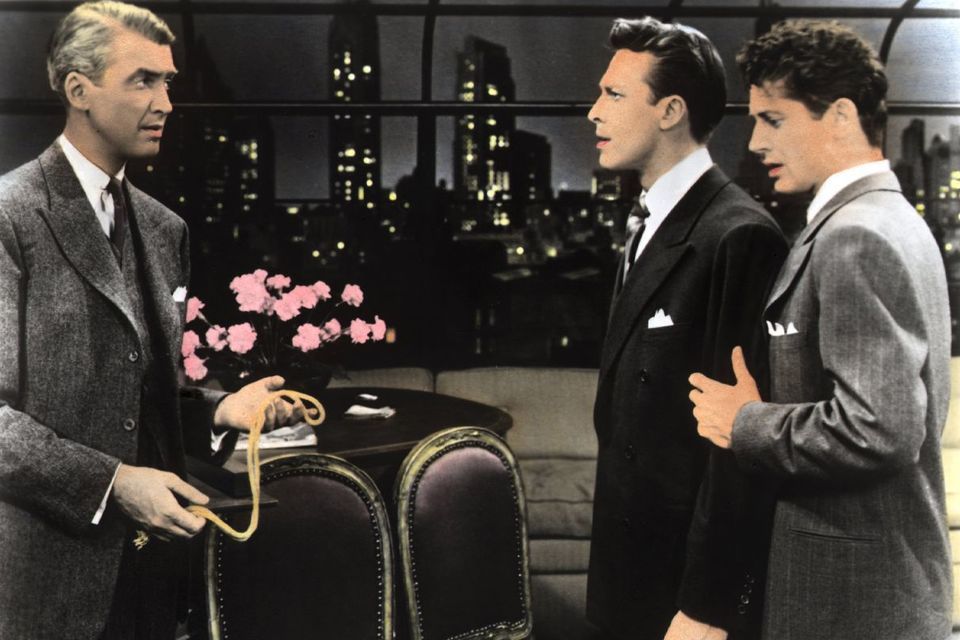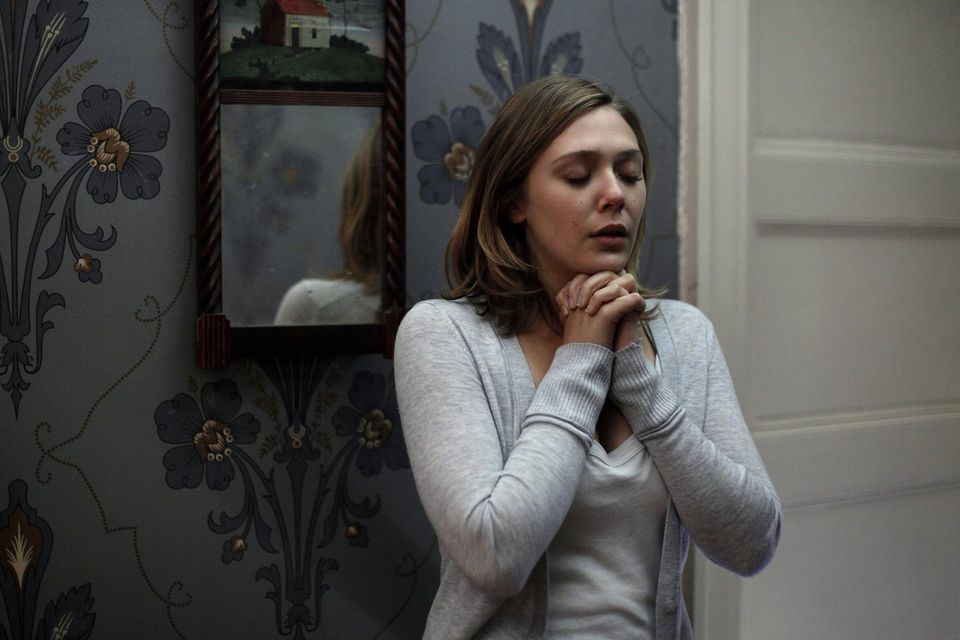Mere months ago, before we settled into lockdown mode, 1917 was scooping up accolades at numerous awards’ ceremonies. Chief amongst the praises for this stirring war epic was its breathtaking cinematography and visual effects, particularly its one-shot look.
While the film is not actually one long take filmed by a single camera, it is edited to look like it. This one-shot look is certainly unusual, but not unique. The one-shot wonder has been done before in movies and television. With 1917 coming up this weekend as your Sunday night movie on M-Net, we decided to look at a few other films (and a TV show) that have employed this immersive visual technique.
Rope (1948)
Murder, mystery, sassy blondes, and suspense. Alfred Hitchcock was known for employing these to great effect. He also enjoyed limiting his action to one setting, which is what he does in Rope. It also features one of his many famous director cameos. Of course, the reason it makes our list is because the film was edited to look like a single shot. That wasn’t the only daring technique Hitchcock applied to this film: he also shot in real-time and it was his first colour film!
Timecode (2000)
This film by Mike Figgis actually was filmed in one shot. While it wasn’t the first, it’s certainly one of the few. However, in Timecode, we follow four different stories. How is that possible? By splitting the screen into quarters. Composed of four continuous takes filmed by four cameras at the same time, the end result is that it’s all presented to us on one screen.
Silent House (2011)
The Uruguayan horror film La Casa Muda was filmed over four days and edited to give the appearance of being filmed in real-time and in one continuous take. It was remade a year later employing the same technique and using the same camera, a Canon EOS 5D Mark II.
Birdman (2014)
With its one-shot look and fixed setting, Rope evoked the feeling of a stage play (fitting, since it’s based on one). Birdman takes us onto an actual stage as we follow Michael Keaton’s character, actor Riggan Thomson. But it also plunges us behind the scenes of the stage and into the streets of New York, all under the illusion of being a continuous take. Similarly to Birdman, and unlike Rope, 1917 does not stick to one location, but instead sweeps us across no man’s land, through trenches, and over bridges, making clever use of its camerawork to evoke the feeling of a continuous shot. Considering this, it’s hardly surprising that both Birdman and 1917 won Oscars for Best Cinematography.
Mr. Robot Season 3 Episode 5: eps3.4 runtime-error.r00 (2017)
It’s not only movies that have tried this trick. This season 3 episode of Mr. Robot employed the same technique and was highly lauded for it. The idea for this episode was inspired by wanting to do it in real-time, which as you can tell by now is practically synonymous with the one-shot look. What complicated matters here was the narrative following both Elliot and Angela, as opposed to just one character, and making it appear seamless. But thanks to a hardworking crew and a dedicated showrunner and creator in Sam Esmail, it led to one of the show’s finest episodes.
Watch 1917, your Sunday night movie on 20 September at 20:05 on M-Net channel 101.




